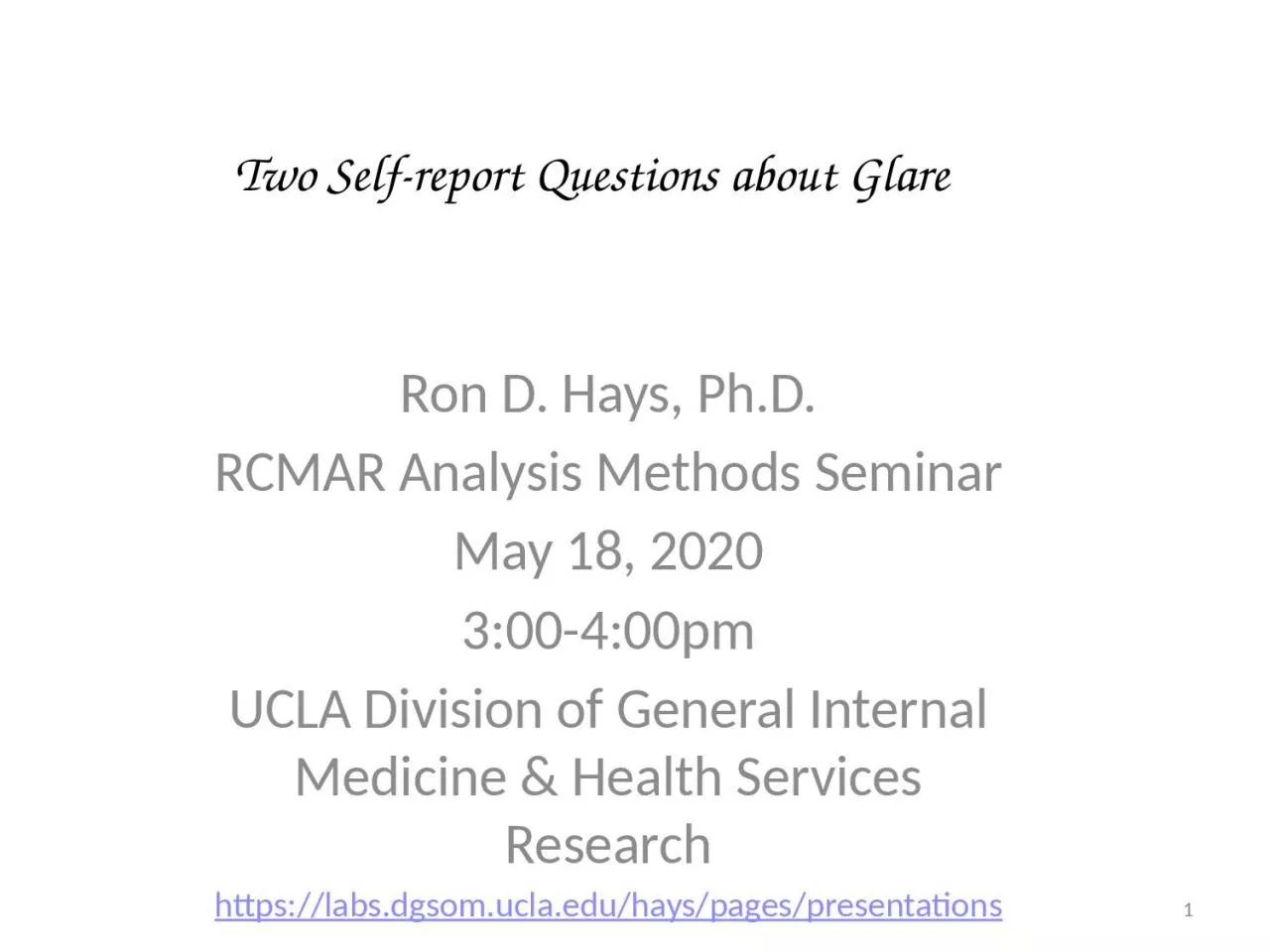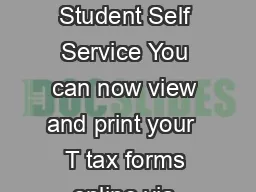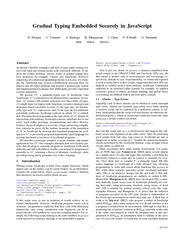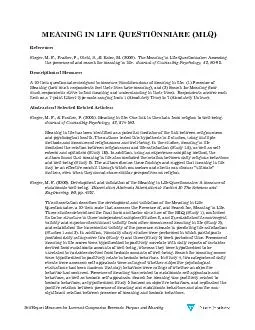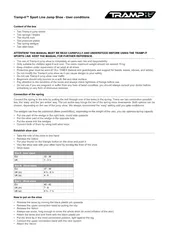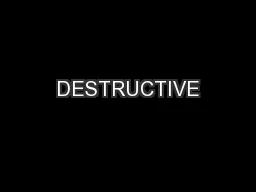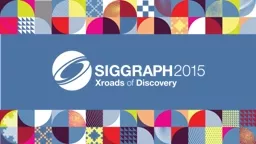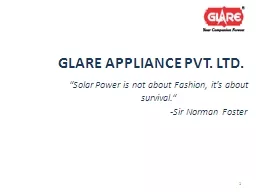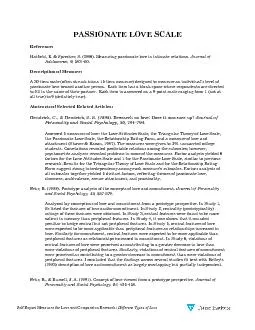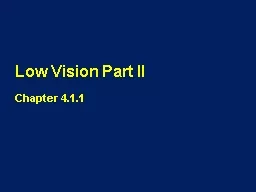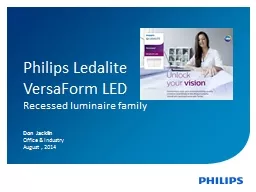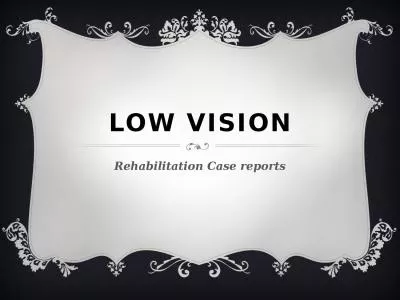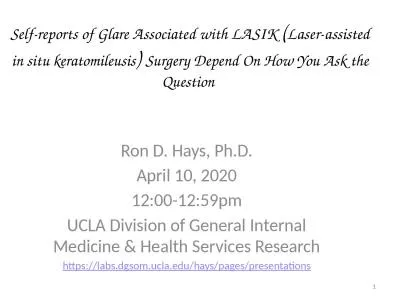PPT-Two Self-report Questions about Glare
Author : mia | Published Date : 2022-06-14
Ron D Hays PhD RCMAR Analysis Methods Seminar May 18 2020 300400pm UCLA Division of General Internal Medicine amp Health Services Research httpslabsdgsomuclaeduhayspagespresentations
Presentation Embed Code
Download Presentation
Download Presentation The PPT/PDF document "Two Self-report Questions about Glare" is the property of its rightful owner. Permission is granted to download and print the materials on this website for personal, non-commercial use only, and to display it on your personal computer provided you do not modify the materials and that you retain all copyright notices contained in the materials. By downloading content from our website, you accept the terms of this agreement.
Two Self-report Questions about Glare: Transcript
Download Rules Of Document
"Two Self-report Questions about Glare"The content belongs to its owner. You may download and print it for personal use, without modification, and keep all copyright notices. By downloading, you agree to these terms.
Related Documents

